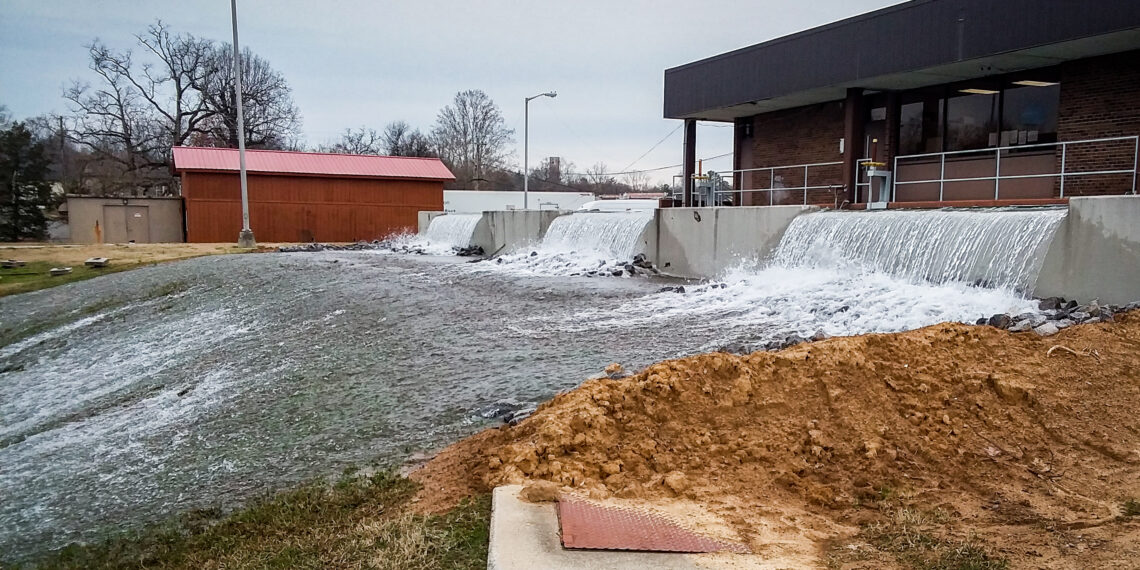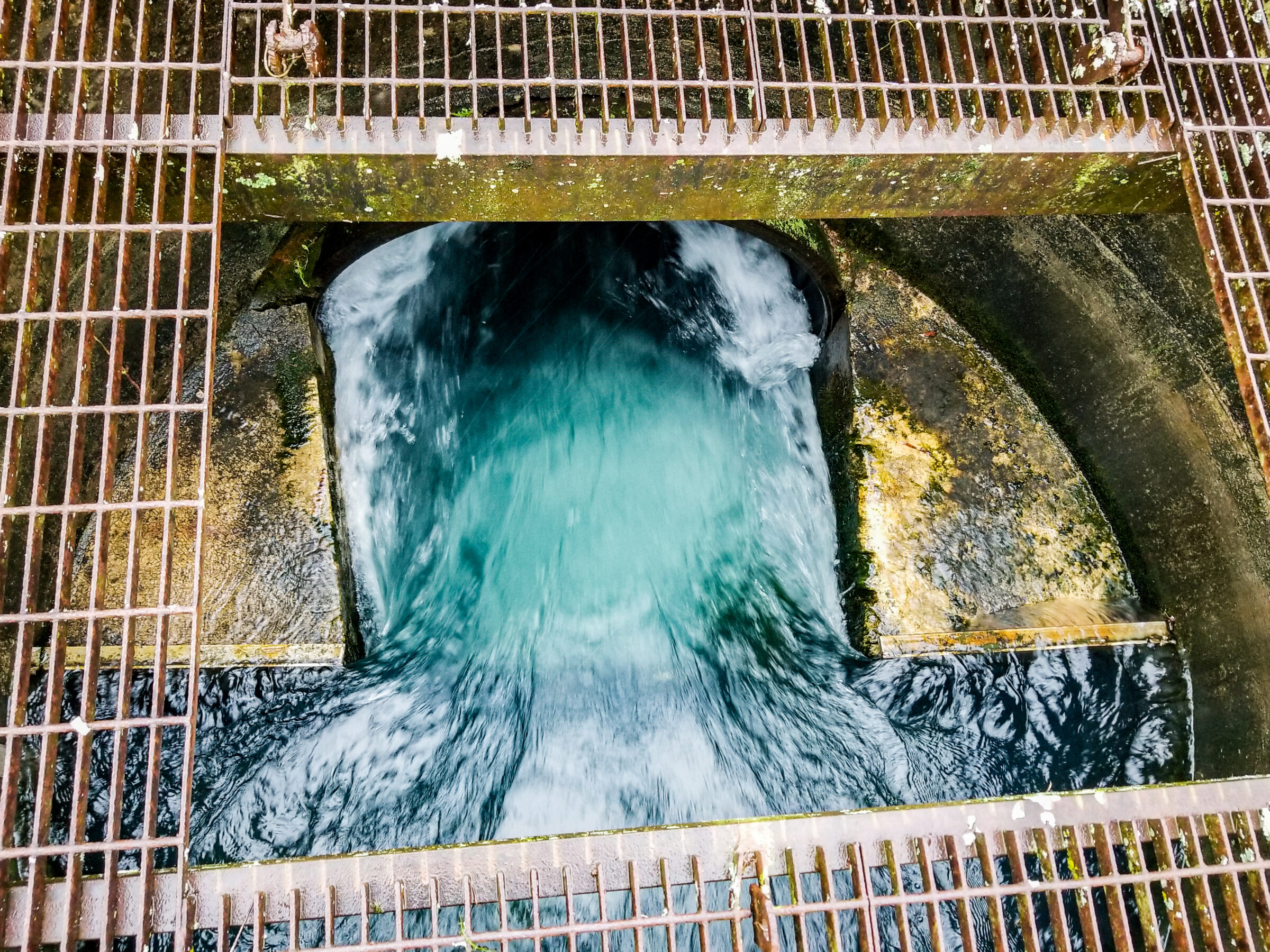Georgia Source Water Study Challenges Environmental Limitations

Before a county or municipality can provide public water service to its customers, a variety of factors must be considered to ensure there are no lasting environmental or water quality impacts.
For this reason, state regulating agencies, such as the Georgia Environmental Protection Department (EPD), regulate the quantity of water allowed to be taken from a water source and determine how it must be treated.
The Walker County Water and Sewerage Authority (WCWSA) in Georgia currently provides water to its distribution system using three different groundwater well fields in Chickamauga, Coke Oven and Kensington, with the largest of these located near a former water filtration plant within the City of Chickamauga.
Since these wells provide water filtered by the ground and rock formations above the aquifer, the treatment process requires only chlorine disinfection and does not require additional filtration. However, following a minor earthquake, the well field in Chickamauga was declared groundwater under surface water influence and would have to receive additional treatment to make it safe for consumption.
Considering the two other well fields in the system are located in similar geologic formations and could conceivably become similarly impacted in the future, WCWSA decided it was in the best interest of its customers to consolidate all of the groundwater and surface water resources into one modern membrane water filtration facility centralized in Chickamauga to serve the entire distribution system.
However, the water treatment plant at Chickamauga was under EPD permits to limit their combined groundwater and surface water withdrawal to no more than 4.0MGD monthly average and 4.5MGD peak daily. Where, from their current combined 3 well fields, WCWSA’s total groundwater permits allow them to withdraw 8.3MGD.
To meet the needs of the entire system and future demands, WCWSA is exploring options to expand the plant at Chickamauga to a peak daily demand of 8.3MGD and peak instantaneous flow capacity of 12MGD.
The groundwater wells at the Chickamauga water plant have a tested combined capacity of 7.49MGD and each pump at Crawfish Spring (the surface water source at Chickamauga) has a capacity of 5.04MGD, making it possible to withdraw the necessary 12MGD.
However, the current withdrawal permit imposed by the Georgia EPD for waters withdrawn near the water treatment plant make this impossible.
After receiving permission from the EPD, CTI Engineers and the County conducted a flow study to determine whether the wells and the surface water at Crawfish Spring could sustain a 12MGD demand without impacting the groundwater levels or downstream water quality.
The Study
To begin the study, water was pumped from upstream just above a dam to the treatment plant and measured using the available raw water meters beginning at 2MGD and increasing in 2MGD increments. The water was then reintroduced to the stream just below the dam. The flow was increased in stages from 2MGD to 4, 6, 8, 10 and 12 and finally once the flow reached 12.8MGD, it was held there for 30 days and continuously measured.
The groundwater wells were monitored in addition to three additional shallow wells that were dug to monitor the perched water levels. Monitoring the perched water just above the consolidated rock formations is important because if too much water is withdrawn, voids can form beneath the rock structure creating sinkholes.
During 30 continuous days of drawing 12.8MGD, it was found that the withdrawal rate had no effect on the groundwater or perched water levels and was also not affecting lake or downstream water quantity.
The Results
Since the study found there was no environmental or water quality concerns from withdrawing the necessary amount of water, the EPD removed the withdrawal limits at the plant and will issue a revised permit to the County.
Without this permit limiting the flows allowed at the plant, Walker County is able to proceed with plans to regionalize its water treatment facilities into one location, significantly reduce operation costs and provide existing and future WCWSA customers with high quality drinking water.
The Chickamauga Plant can now expand to 12MGD flow capacity to meet the projected 8.3MGD peak demand of the next 20 years and will be ready to accommodate potential population and industrial growth.


